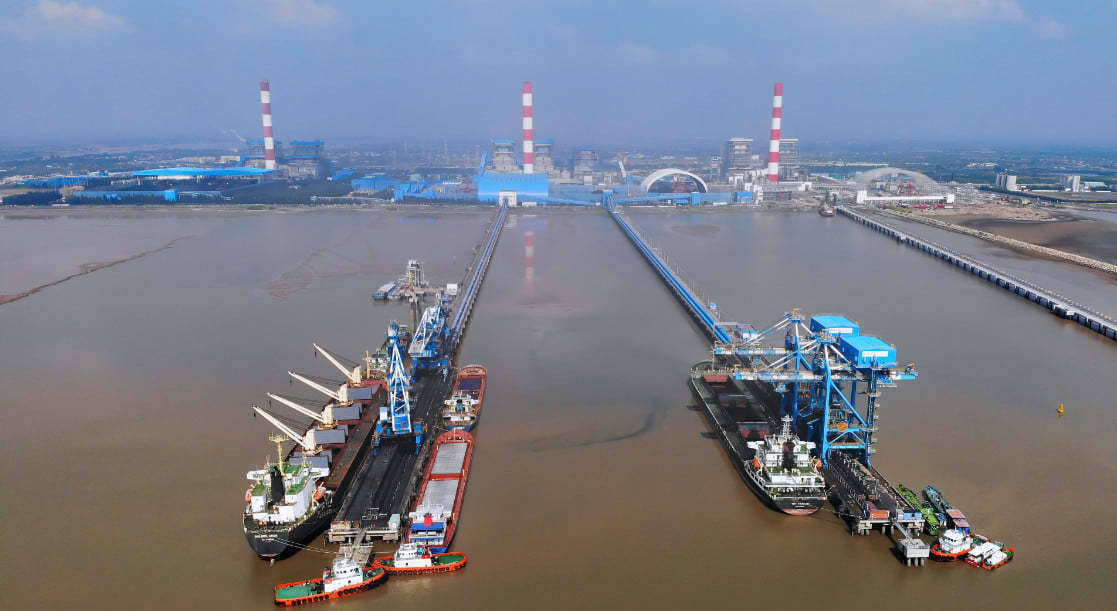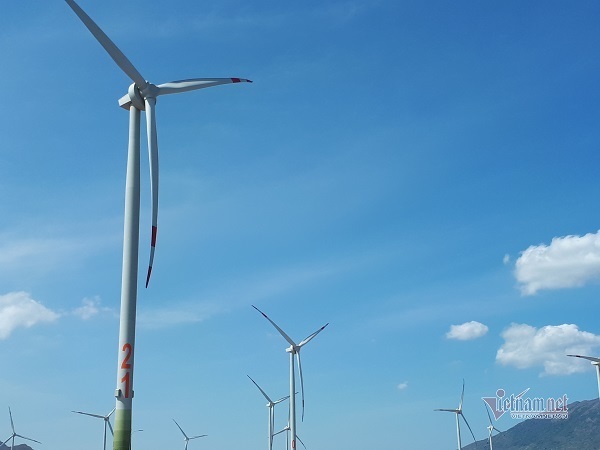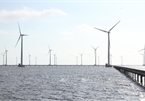
Investors are looking forward to a new price policy for wind and solar power as the Feed-in-Tariff (FIT) expired on October 31, 2021.
Chair of the Vietnam Energy Association (VEA) Nguyen Van Vy said the FIT should be applied only to projects with small capacity. As for large-scale projects, the Ministry of Transport (MOT) will calculate the demand in each area throughout the country, based on the project investor and its negotiations with the Electricity of Vietnam (EVN) on electricity sales.
The Ministry of Investment and Trade said it is working on a way to select project developers through bidding. However, Vy said it would be difficult to apply this principle.
“The World Bank (WB) and Asian Development Bank (ADB) have supported the Ministry, but no project has been implemented under bids in the last few years,” he said.
In order to attend bids, investors have to make plans and a feasibility study, which costs a lot of money. He said there should be a way for EVN and investors to negotiate directly based on electricity demand in different time periods.
Nguyen Quang Huan, Deputy Chair of the Vietnam Private Business Association, expressed his concern that no new mechanism has been set up to replace the FIT.
“It is necessary to clarify the new electricity pricing method so that investors can determine their business. It’s impossible to call for investments if investors cannot calculate the profits they can expect,” he said.
Noting that the FIT for wind and solar power was applied for the last few years, Ngo Thi To Nhien from the Vietnam Initiative for Energy Transition (VIET) said that it had helped activate the market. In 2018, renewable energy accounted for only 1 percent of the total installation capacity of the entire system, but soared to 29 percent in 2021.
This has helped attract financial resources to the energy sector, and the diversification of investment sources has met expectations.
“The FIT for solar power ended in late 2020. The FIT for wind power ended in late October. The Government has organized discussions on what will come after the FIT. However, we still don’t know how the bidding will work,” Nhien said.
She supports the development of renewable energy, noting that the country should not rely too heavily on electricity sources that depend on imported materials.

Electricity prices
The increase in solar and wind power usage means that EVN will have to pay more to buy electricity, so it will have to set higher retail electricity prices. Even renewable energy developers see the problems Vietnam is facing when using more clean energy.
While affirming that the renewable energy market is not inferior to developed countries, Thinh pointed out two differences between Vietnam and other countries.
First, Vietnam’s transmission is poor, with fewer connections. Second, the average retail price applied by EVN is 7.5-7.8 cent per kwh, or over VND1,800 per kwh. The price is low compared with developed countries. The price at which EVN buys electricity from wind and solar power plants is much higher than the selling price. Meanwhile, EVN has to bear costs for transmission and distribution.
As a result, according to Thinh, the more electricity EVN buys from wind and solar power plants, the higher its losses by will be. This will make it more difficult for EVN to invest in transmission lines.
The boom in high-capacity renewable energy projects, mainly in central and southern regions, has overloaded inter-regional transmission lines and caused oversupply at times.
And if the transmission lines are not strong enough, EVN will have to cut the electricity it buys from plants. So, even if wind power plants are operational before November 1, 2021 to be able to enjoy the FIT, they face another problem – having to cut electricity output because of problems with transmission lines.
As for the renewable energy development strategy, Thinh proposed an increase investments in wind power, especially offshore wind power, which “still has much room”.
He also mentioned the upgrading of the transmission network, developing pumped-storage hydropower, and investing in power storage system and flexible power sources. These are necessary measures to stabilize wind and solar power sources. However, he warned that the retail electricity prices need to be considered when developing wind and solar power.
“The electricity prices did not increase in the last several years, which is a problem if noting that the price of petroleum, gas and coal all have increased. Every time EVN proposes raising retail electricity prices, it faces fierce criticism from the public,” he said, adding that if the electricity price is still low, EVN will not enough have money for reinvestment.
Luong Bang

Power development plan to be revised to align with Vietnam's global climate change commitment
The draft National Power Development Plan for the period 2021-2030 will be revised to align with Vietnam's commitment to net-zero emissions by 2050.

What is an acceptable clean-power price?
Vietnam wants to develop clean energy but the development needs to be reasonable to ensure that retail prices are affordable for most people.